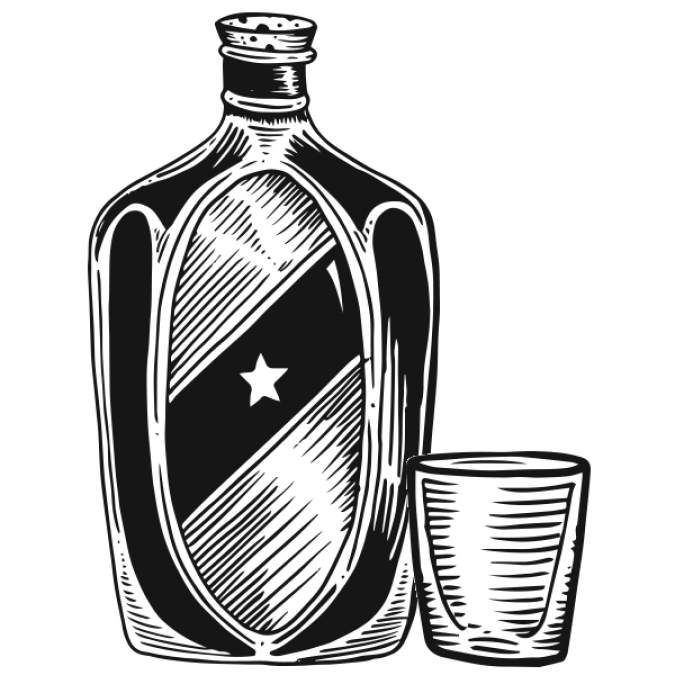The world of wine is full of classic dualities: red/white, Old World/New, cheap/expensive. One of them is incredibly important, even if it’s often neglected by wine lovers: wines meant to be paired with food versus those that are drinkable on their own.
I was reminded of this recently when my editor told me about a wine she’d purchased. I won’t reveal the specifics, but it was a high-acid sauvignon blanc from here in Washington, and despite the rather impressive price tag, she didn’t much care for it. However, that’s largely because she tried to drink it on its own; and while many Washington winemakers have been making whites and reds that don’t particularly need food to be enjoyable, there’s been a pretty strong trend towards “Euro-style” whites in recent years. While many of these are delicious, they generally do need to be paired with food to be at their best.
The primary determinant of whether a white pairs with food is acidity. Wines with higher acidity, like vinho verde, sauvignon blanc, albarino, and gruner veltliner, are often hard to enjoy on their own, especially the younger, inexpensive versions. They tend to lack the body and texture to match their acidity, and thus can quickly fatigue the palate.
This goes back to a core distinction in wine-drinking cultures. In much of the rest of the world, particularly Europe, wine is rarely enjoyed without food. You could write a book about why that’s happened (hmm, there’s an idea), but for now it’s enough to say that in some cultures, wine and food became essentially inseparable. As a result, most European whites are relatively high in acid, which makes them an excellent counterpoint to salty or creamy foods, like cheese or briny seafood, but can be tiring to drink on their own.
So how do you know? Well, to some extent it’s a guessing game, but here are a few hints. The varietal is the biggest clue: generally speaking, sauvignon blancs have higher acidity levels than chardonnays, say. Similarly, language can be an indicator: Some bottles will flat-out say that their wine is European in style, and while trusting wineries to be totally truthful on their labels is a bit naive (hmm, more book ideas), that’s generally a good tip-off. Similarly, French names for either the winery or the wine itself generally indicate pretentions of European-style (read: high-acid) wines.
In the end, though, there’s no substitute for actual knowledge. While the Internet can be a good source of information, an experienced wine steward is still an invaluable resource. Find a wine shop or a local grocery store with a good selection, and ask questions. Think about when you want to enjoy that bottle of wine, and whether or not you’ll be eating at the same time. Providing that bit of information will help a steward guide you to a bottle that hopefully won’t feel like a letdown or a rip-off.
thebarcode@seattleweekly.com






